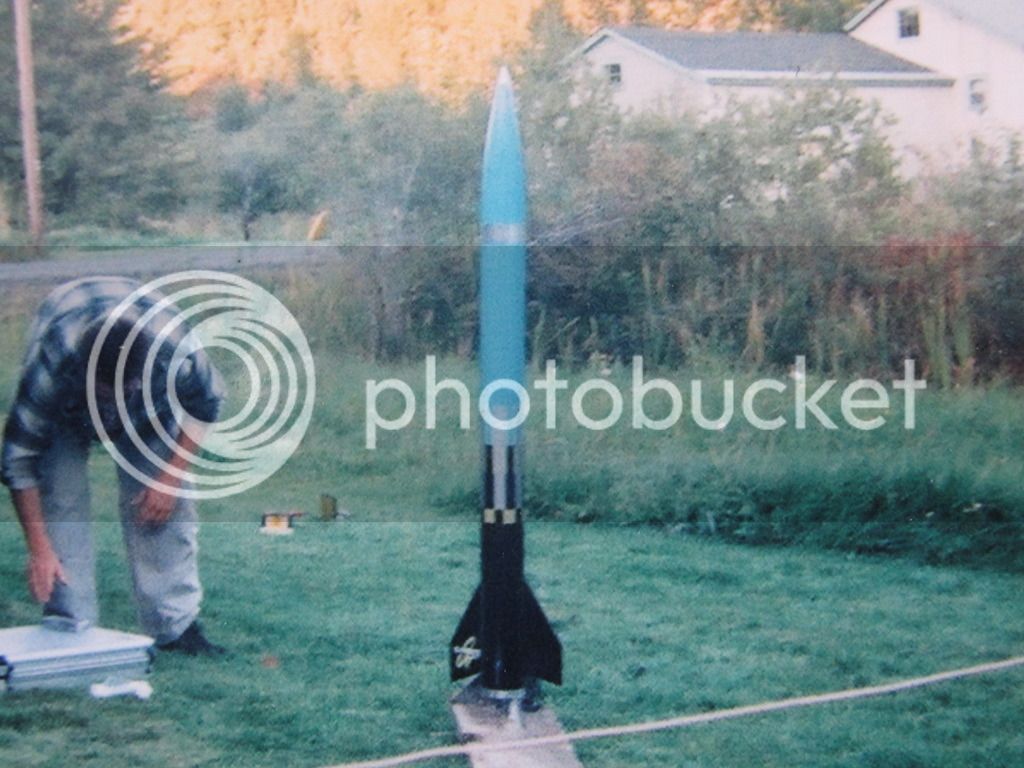I have a G-Force, and it is one of my favorite rockets. In terms of its size, it's probably about the biggest rocket you can fly on motors that do not require a high-power certification. I have loved flying mine at low-power club launches, because it is almost always the biggest and most dramatic thing on the field, and it keeps to a low altitude while flying on G motors. It flies great on single-use Aerotech motors that are close to 80N average thrust --- G80 Blue
Thunder, G79 White, G78 Green, G77 Red. I don't fly Aeortech reloadable motors, but there are probably many options for you in this range. However, if you are just getting started, you might want to consider the single-use motors, just to keep things simple.
I have flown the rocket on lower thrusting motors such as the G40, and I can't really recommend it --- unless you have a lot of room, a very long rail, and there is no wind. It's an interesting, but risky, flight. On the one hand, the flights are slow and majestic, which is really nice. On the other hand, if there is any wind at all, they tend to arc over and go "Cruise Missile", which is harrowing and potentially dangerous!
The real danger of flying on a small field is not so much having the rocket float away on the parachute and get lost. You don't want to lose a rocket that way, but it's not terribly dangerous either. The real danger is having the rocket fly out of the field under power and crash into something (a house, a car, a person's head) without the parachute ever coming out! You want the rocket to go straight up, but not very high.
If you are flying on a small field, the natural tendency is to look for "smaller" motors to keep the elevation down. But the key to making that work is understanding what "smaller" should mean in this case. What you want is a smaller total impulse, not a smaller thrust. A G40 has less thrust than a G80, but the total impulse is about the same (not exactly, but not far off). That means that the G40 is much less likely to fly straight up, because the thrust is low, and the rocket is not as likely to be up to speed at the end of the rod or rail. It's more likely to arc over and fly a long ways away from the pad under power. However, if it does happen to go straight up, it still has nearly as much total impulse as the G80, so it is likely to go almost as high and have about the same chance of drifting out of the field on it's parachute as a flight on the G80. Basically, you gain nothing with the lower thrust, and you add risk.
What you want for small fields is a motor with a high thrust, but a very short burn, and a low total impulse. It might not be the kind of flight you prefer in terms of a slow, majestic liftoff, but it's safer and more reliable. Aerotech sells a single-use G74 motor that is just barely a G, close to a large F, but has a good amount of thrust. My sims for my G-Force show it getting off the rod with more speed than all the other G motors I listed above, except for the G80. But it reaches the lowest altitude. That's probably a good motor for your purposes. The F50 also gets off the rod pretty fast and only goes to around 300 feet! I've never flown mine on an F, so I can't really say what that would be like. It's such a low flight, that even the 4 second delay might be a bit long, but it might work for you. I'm not personally a fan of F50 motors, because they don't make enough smoke and visible flame for my tastes, but some people love them.
(I've made a screenshot of these sims, but I need to update something on my computer before I can post it)
Regarding the rod/rail question, I have both rail guides and the stock launch lugs for a rod on my G-Force. I put them on different sides so I would have a choice. I've only ever flown it on a rail, because I've only flown it at club launches where rails were available, and the rail seemed like a better choice. Considering how large it is, I'd lean heavily toward the rail option. I have a Rockwell Jawstand, and it makes a great launch base. I've set up mine to use a rod, but a rail would be very easy to set up as well. The legs have holes in the feet so you can stake it down with tent pegs if you want a very sturdy base. You can raise and lower the height, so it is very easy to hook up igniters while standing. And the fact that you can angle the rod or rail down to load the rocket is super convenient. It's probably the best launch stand I've ever seen outside of a club launch, and i got mine for 30 bucks, so it's very affordable. It is also a great rocket-making too as well --- I use mine to hold my rockets horizontal for painting. Stick a broomstick in the jaws and slide the bird onto it --- perfect!
Good luck, and enjoy the rocket!














